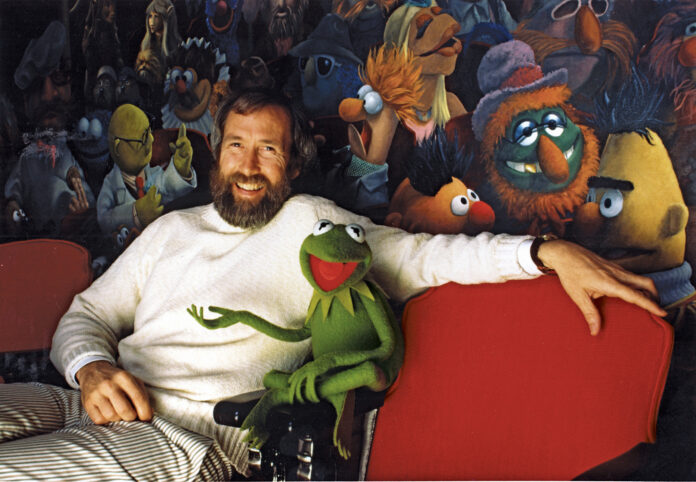“The Jim Henson Exhibition: Imagination Unlimited” at the Contemporary Jewish Museum is everything any fan of his work could ask for (and more)
By ANGIE CUMMINGS — arts@theaggie.org
The Contemporary Jewish Museum (CJM) in San Francisco exalts Jim Henson’s various fantastic and vibrantly colored puppet-populated worlds in their current exhibition, “The Jim Henson Exhibition: Imagination Unlimited,” on view now through Aug. 14. The show is a part of a traveling exhibition made by the Museum of the Moving Image that has been put on across the country for over four years now — the CJM being the penultimate stop along the national tour.
At first look, the exhibit just seems to be a comprehensive chronology of Henson’s life and career, from his humble beginnings as a cartoonist in high school and college, and through his incredibly successful career as a puppeteer and filmmaker. Once you are within the technicolor walls of this exhibition, it is abundantly clear that Henson and the legacy he set was so much more than an amalgamation of psychedelic felt animals, monsters and aliens. As Head Curator Heidi Rabben puts it, “[Henson] went into the space of television and saw how to make it successful and was really innovative, but he retained an element of artistry that he really continued to push.”
Whether your main interest in visiting this show is simply seeing some of Henson’s most famous puppets in person, checking out the early sketches for these iconic characters or learning how Kermit was able to ride a bike, you will come out the other end of the exhibit having a new (or renewed) appreciation for Henson’s bright and joyful story of success. Henson is what seems to be a rare case in the world of Hollywood and commercial entertainment — there is no point in his career that he lost sight of the reasons why he began in the first place. At his core he was an experimental artist, always pushing what was possible in television through his puppets and later much more sophisticated animatronics.
While the CJM often features varied contemporary artists regardless of their faith, “[Henson] is the first major pop culture figure that is not Jewish that we have ever presented at the museum,” Rabben said. As is noted on the museum website and introductory wall of the exhibition, there really is no question about why this show belongs in the CJM. “It’s actually not about Jewish identity, it’s about the values that are more important and the ways in which those continue to transcend and live on,” Rabben said.
From the educational and social topics tackled on Sesame Street to help children learn and grow in enjoyable ways, to the visually and temperamentally diverse ensemble that makes up The Muppets, “Henson shared characters and stories that represent diverse identities and abilities, allowing people of all backgrounds to see themselves reflected on screen,” as the main title wall of the exhibition states, making it crystal clear as to why his creations have been (and continue to be) adored by fans of all walks of life for over 50 years.
A second part to the show, titled “Jim Henson: Making a Difference,” functions as a perfect complement to the main exhibition, created entirely by the curatorial team at the CJM. In a smaller room on the same floor as “Imagination Unlimited” there is a continuous screening of selected clips, episodes and films by Henson and his team that especially highlight how his legacy aligns so well with the museum’s core values. With just the large projection screen and cushioned benches in the center of the beautifully designed room, it is a great way to unwind and reflect after going through the exuberant main show.
At his core, Henson was a creative force with no fear of what was new or different: “that element of play and experimentation that was with him from such a young age, and that is such a credit to how successful he was,” Rabben said. Although Henson’s life was sadly cut short at the age of 53, so many of his creations live on, both in the hearts of his fans and on screen.
From learning to count with Elmo, or singing along with Kermit, to entering the magical worlds of “Labyrinth” (1986) and “Dark Crystal” (1982), Henson has been the man behind so many favorite childhood characters — all of them imbued with his joyful and creative vision of the world.
Considering Henson’s innovative and inclusive forms of entertainment and his place in pop culture, Rabben reflected on the artist’s life: “He already has such an incredible legacy that continues, had he lived long what else would he have done?”
Written by: Angie Cummings — arts@theaggie.org





